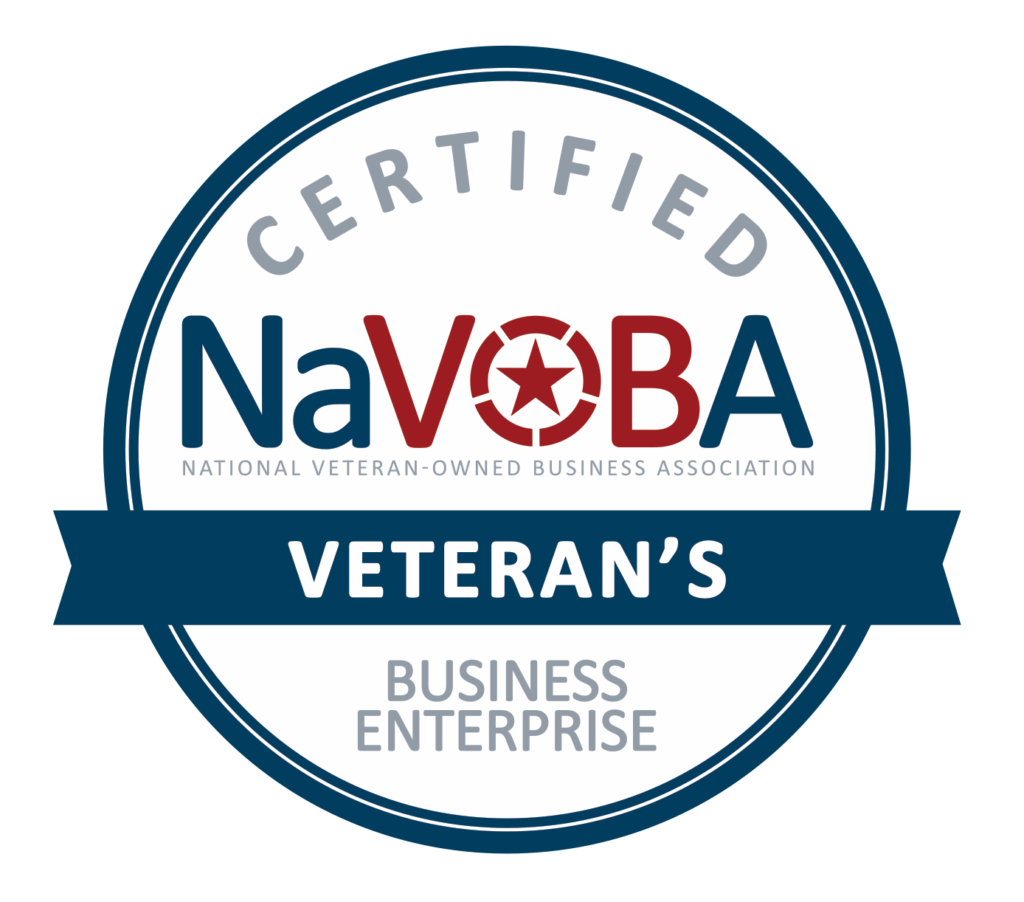
In the business world, there are various project management methodologies that companies use in order to ensure their projects are completed efficiently and on time. One of the most popular project management frameworks is Scrum Methodology. Scrum is an Agile Project Management framework that helps teams deliver products in short cycles, called “sprints.” Scrum Methodology has gained a lot of popularity in recent years because it allows for rapid product delivery and higher quality products. In this blog post, we will discuss what scrum is, how scrum works, and the leading principles behind Scrum Methodology.
First of All...What Is Scrum?
The term “scrum” refers to a methodology of project management that relies on creating a collaborative atmosphere for breaking down complex projects into simpler milestones and deadlines. This type of methodology is frequently used by software and technology development teams, but it can be useful for any type of industry in which teamwork is required to reach a common goal.
Who Benefits From Scrum?
While many associate Scrum Methodology with software development, scrum truly can benefit any business interested in the following:
· Offering superior service to customers: Part of Agile Scrum Methodology is being responsive to your client’s needs, putting their feedback and input at the center of your efforts. A key component of scrum is that it revolves around a type of focused adaptability to whatever changes come your way—particularly useful in a dynamic work environment or when working with clients who have specific or particular requests.
· Offering superior results to customers: There is a lot of quality control built into the Agile Scrum process. Thanks to the ability to break projects down into manageable milestones, teams can focus their efforts on taking one step at a time, offering much higher chances for a quality end result at the end of the predetermined deadline.
· Tackling complex assignments: If you’ve got a large backlog of work projects or simply have taken on projects of a large magnitude, Scrum Methodology can benefit you. Scrum creates order and actionable steps out of big concepts—no small feat for ambitious businesses.
How Does Agile Scrum Methodology Work?
While remaining Agile in a workplace requires adaptability in the face of constant change, there are some tenants that always remain the same—the roles held by those participating in Scrum Methodology for example. In the following passage, we will break down these roles so you can better understand how Agile Scrum Methodology works.
What Is a Scrum Master?
The Scrum Master is a facilitator of Scrum Methodology that must remain agile in an ever-changing workplace environment. This facilitator’s primary role is to ensure that the primary objectives and goals of the scrum are met by adhering to the established methodology. They also act as a coach or mentor for developing members of the Scrum Team. (For more on what makes a leader or business more Agile and what that means in terms of the implications for your bottom line, check out our recent article on the topic!)

What Do Stakeholders Mean for Scrum?
The customers, stakeholders, or product owners play a part in Agile Scrum Methodology. In fact, the stakeholder is in constant dialogue with the business providing the product or service, playing a role in determining expectations for final results, recording new developments, and updating the list of things to do before the project’s completion.
What Is a Scrum Team?
Typically composed of between 3-9 people, the Scrum Team does the actual problem-solving, product-creating, analysis, and design. These self-motivated individuals can assign themselves tasks and hold each other accountable for reaching goal deadlines and milestones, known as a “sprint.”
What's the Difference Between Agile and Scrum?
While there are some similarities between Agile Methodologies and Scrum Methodologies, there are some distinguishing characteristics that set them apart as well. While both aim to improve workplace performance and the quality of the results delivered to the client in the end, their differences include:
· Scrum relies on a fixed set of rules, roles, and methods that do not deviate over the course of the project, while Agile is generally more adaptable.
· Because Scrum has a fixed structure, it is ironically more open to innovation and experimentation, while Agile Methodology is typically kept simpler.
· Scrum works through a series of “sprints” which offer smaller-scale projects at a faster delivery rate than Agile Methodology, which delivers a large end product at the close of the whole project.
· Scrum relies on daily stand-up meetings between team members whereas Agile involves less involved interaction between team members with different specialties.
· With Scrum Methodology, while there is a Scrum Master, the Scrum Team is ideally pretty self-sufficient and that whole system works to inspire progress together. With Agile Methodology, the role of the leader is a little more crucial than the self-contained functionality of Scrum.
PMLG's Leading Scrum Methodology Curriculum
Scrum may have a funny name, but it is associated with some incredible results in the marketplace. In fact, many entrepreneurs are interested in Scrum Methodology because they are looking for ways to improve their customer-facing interactions, the quality of their products, services, or results, and/or their process efficiency. If you think you might be interested in learning more about what Scrum Methodology can do for your business, contact PMLG today!


